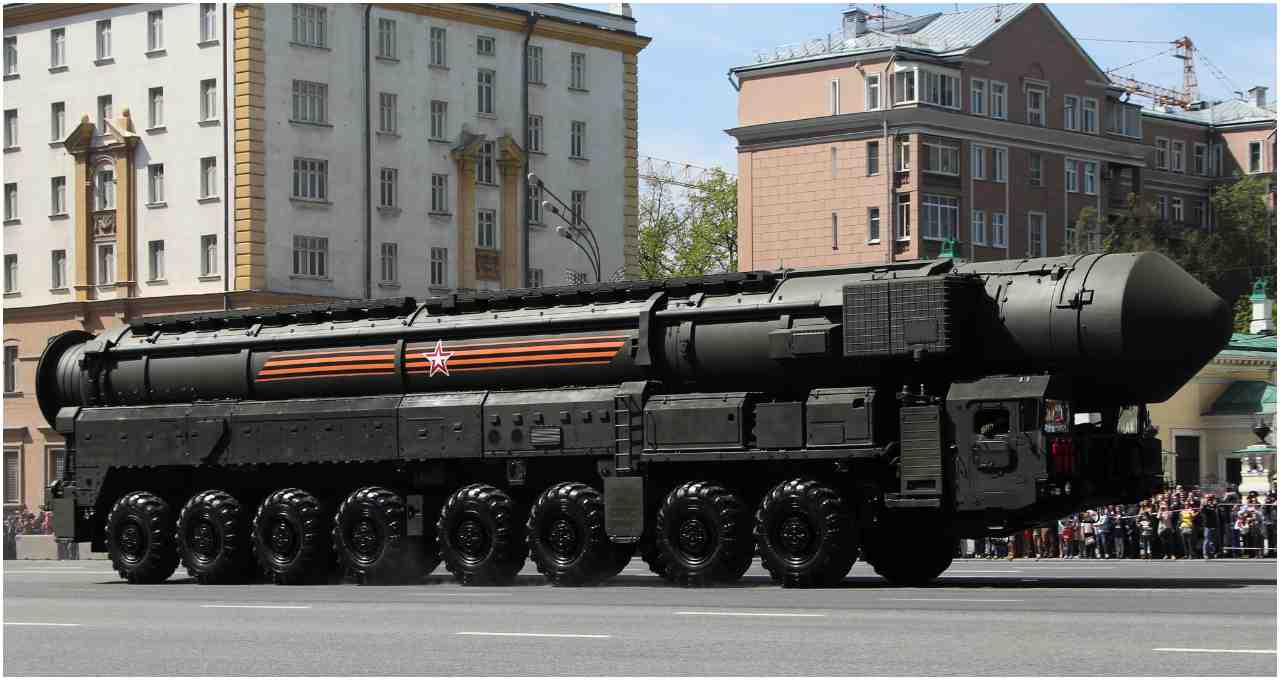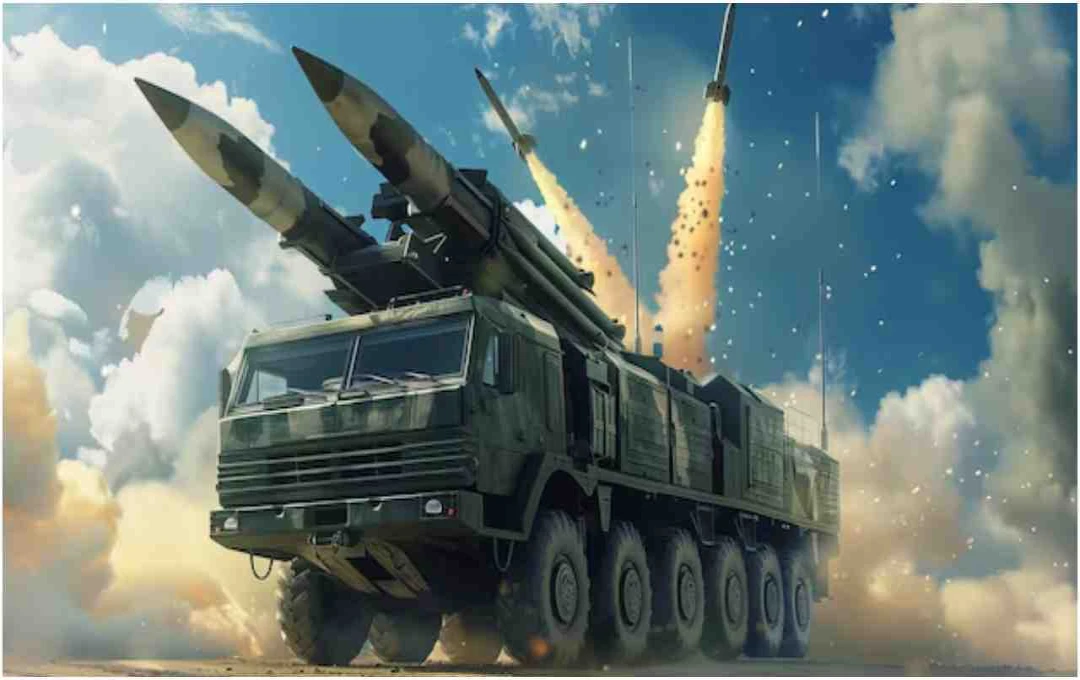Some missile systems in the world are considered extremely dangerous due to their technology and long range. Russia's RS-28 Sarmat and Avangard, China's DF-41, and the US/UK's Trident II (D5) are significant from the perspective of global strategy and security. These missiles can challenge conventional defense systems and possess high payload capacity.
Global Missile Threats: The power of missiles plays a decisive role in warfare strategy. Some missile systems from Russia, China, and the US/UK are so dangerous that they can target long distances and overcome conventional defense systems. Russia's RS-28 Sarmat and Avangard, China's DF-41, and Trident II (D5) are such weapons, incorporating high payload capacity and hypersonic technology. The objective of these missiles is to maintain dominance in national security and global strategy, and experts continuously monitor their development.
Russia's RS-28 Sarmat and Avangard

Russia's RS-28 Sarmat, also known in the media as "Satan II," is a super-heavy ICBM. It can target any corner with its heavy payload and long range. Its capability to carry multiple warheads (MIRV) or hypersonic glide vehicles makes it extremely dangerous. Russia's Avangard is a hypersonic glide vehicle that can overcome missile defense systems with its high speed and ability to change direction.
China's DF-41
China's DF-41 is a solid-fueled ICBM that can be deployed on road and rail. Its mobile nature and MIRV capability make it a challenging target. The DF-41 can strike long distances and deliver warheads to multiple distinct targets, making it strategically effective.
US and UK's Trident II (D5)

Trident II D5 is a Submarine-Launched Ballistic Missile (SLBM) and a crucial part of the sea-based nuclear triad. Its accuracy, reliability, and sea-basing make it strategically lethal. It is an important component for challenging missile defense systems and for a viable deterrent strategy.
Why Are These Missiles Dangerous?
The power of these missiles does not come solely from their range. It stems from their accuracy, payload capacity, launch speed, short tracking window during the entry phase, and hypersonic or guided technology. This is why major nations and their defense experts continuously monitor their development and deployment. Missiles like the RS-28 Sarmat, Avangard, and DF-41 hold special significance for both global strategy and security.















